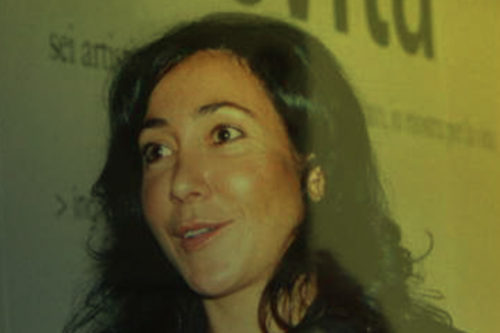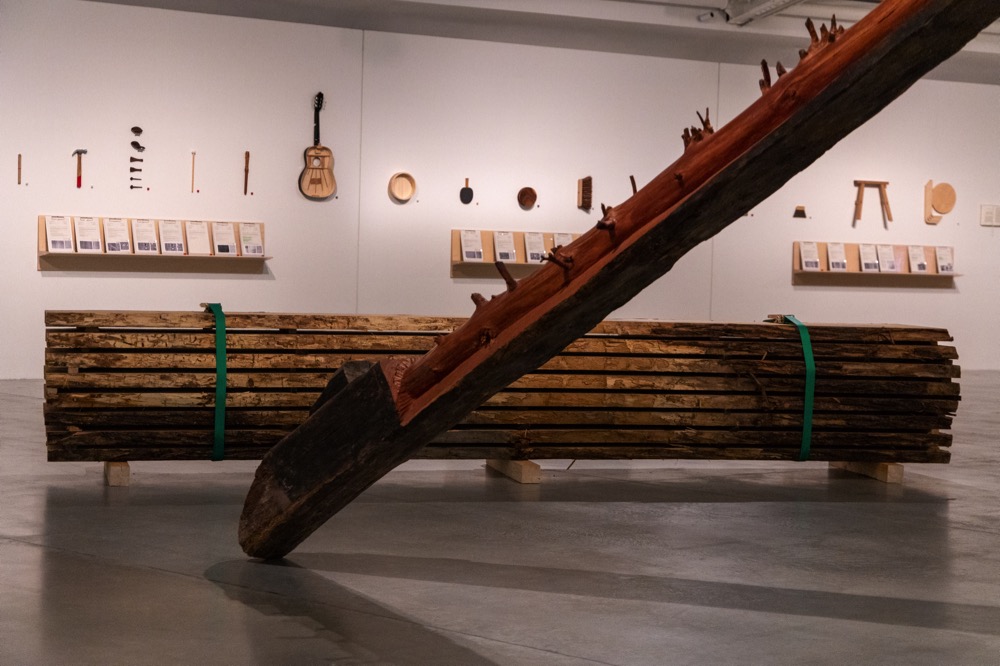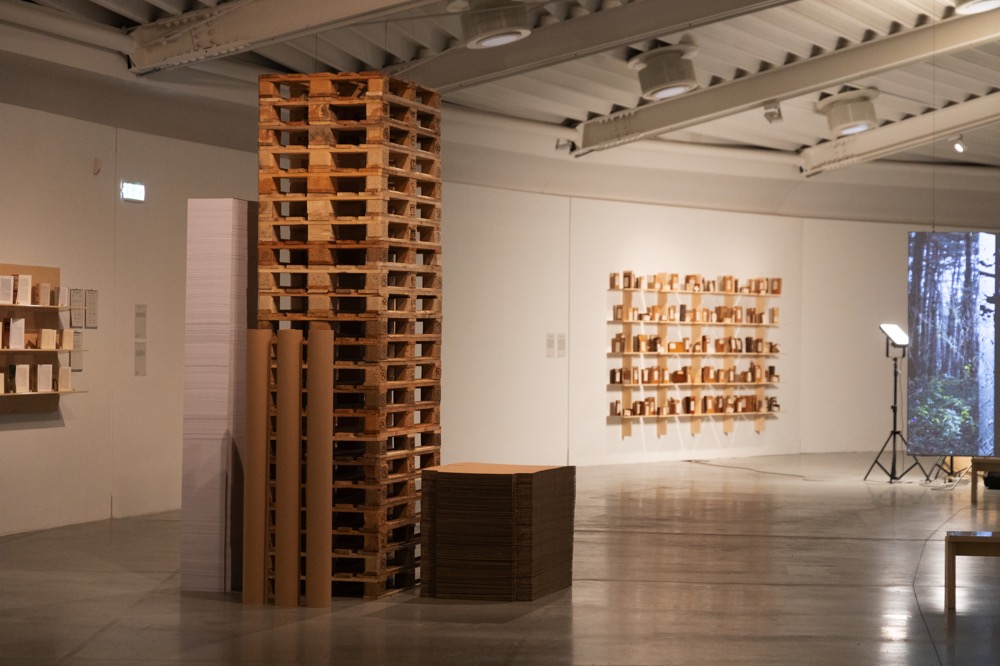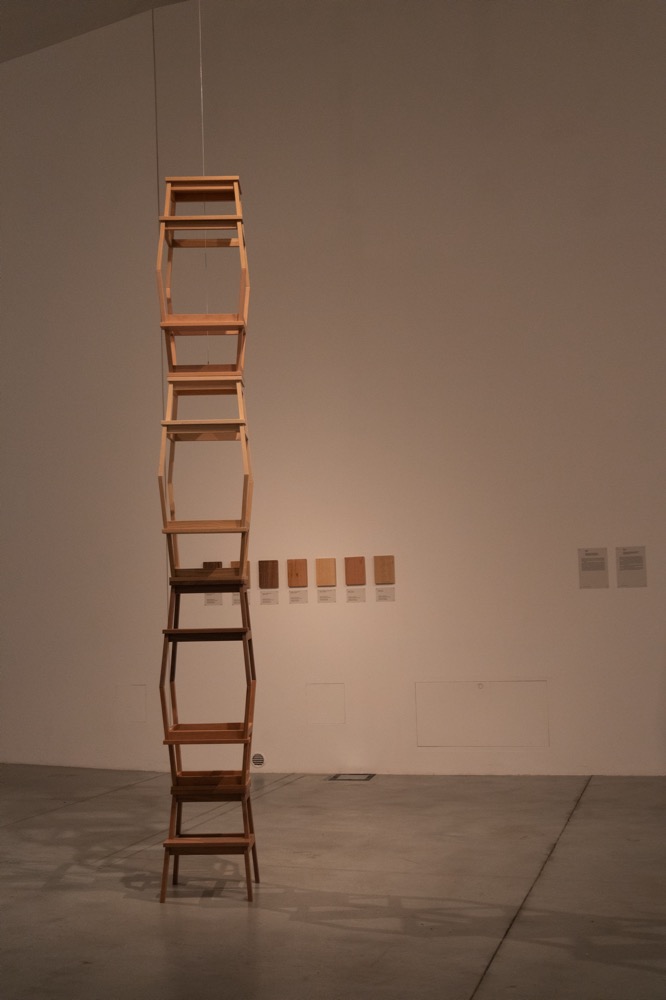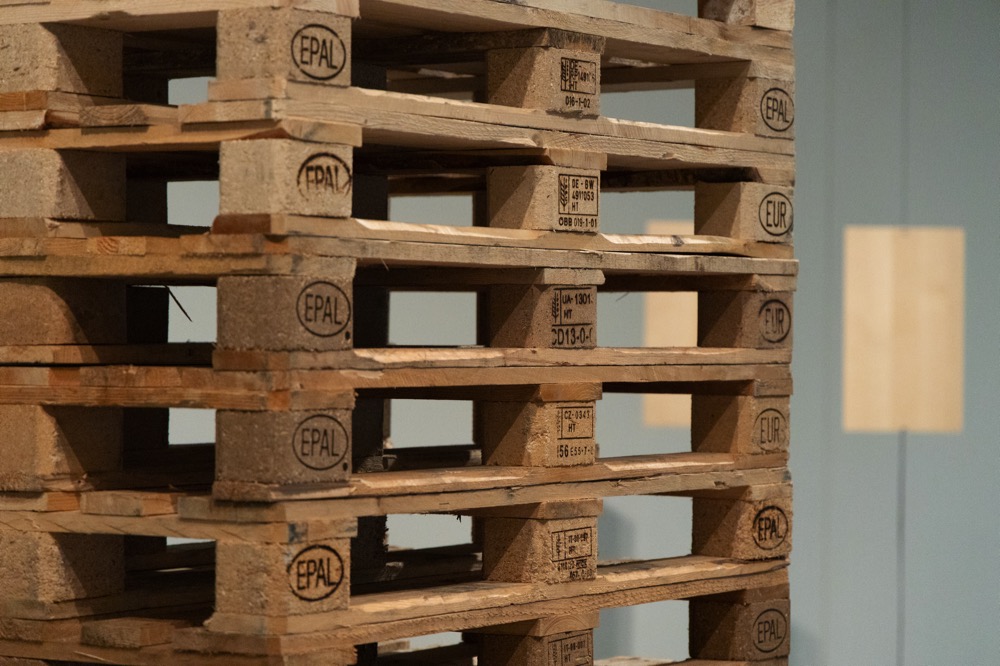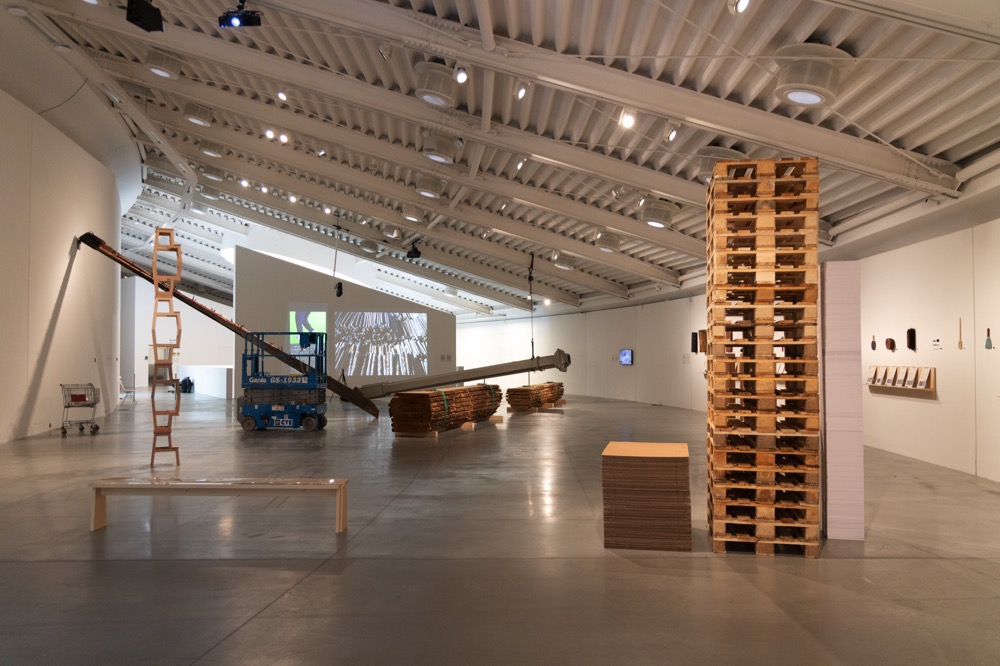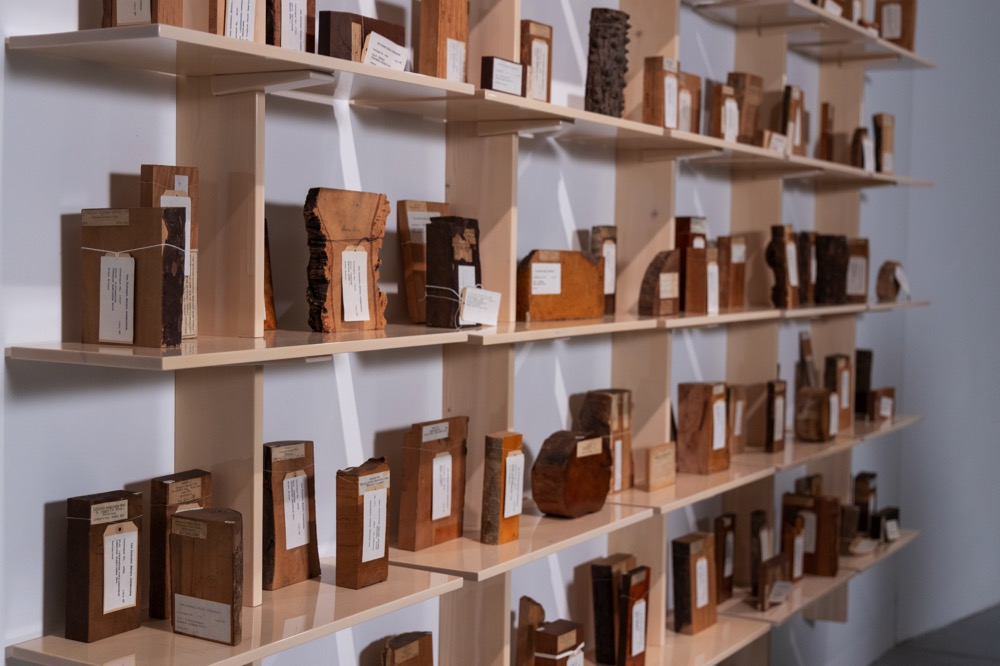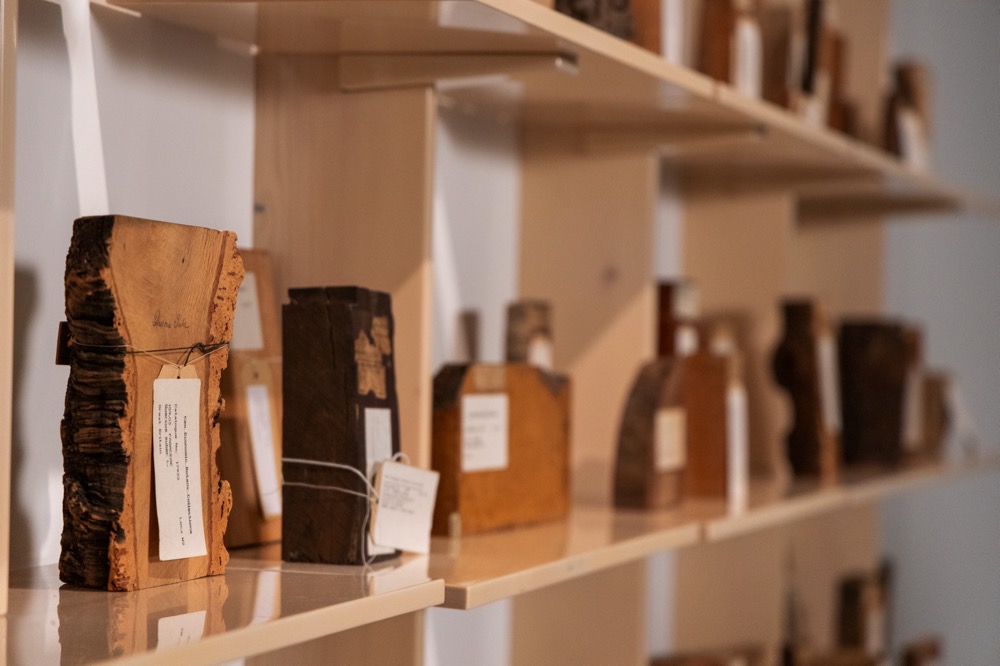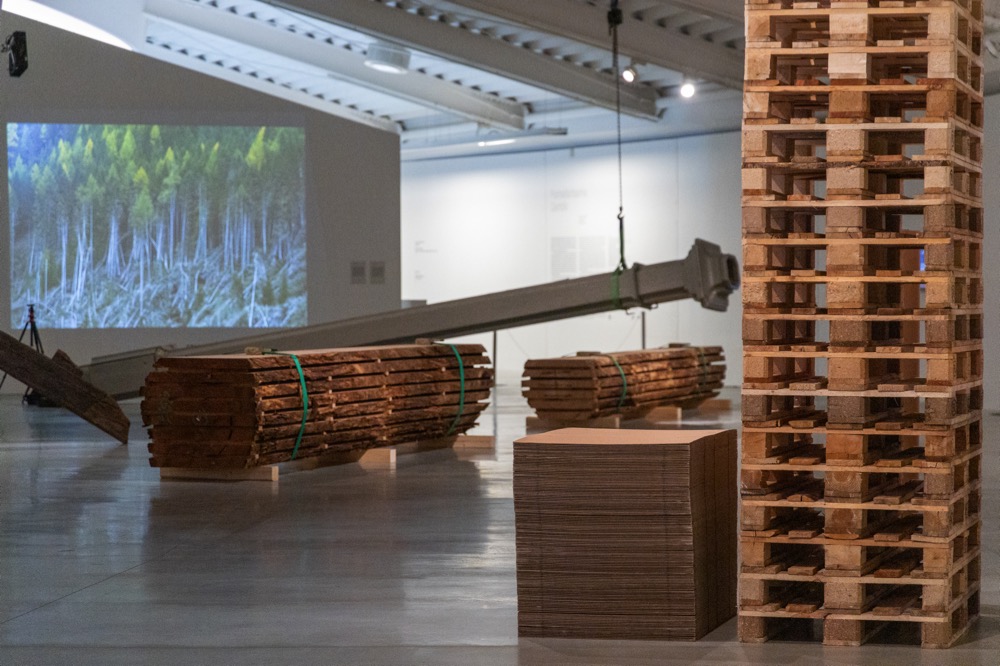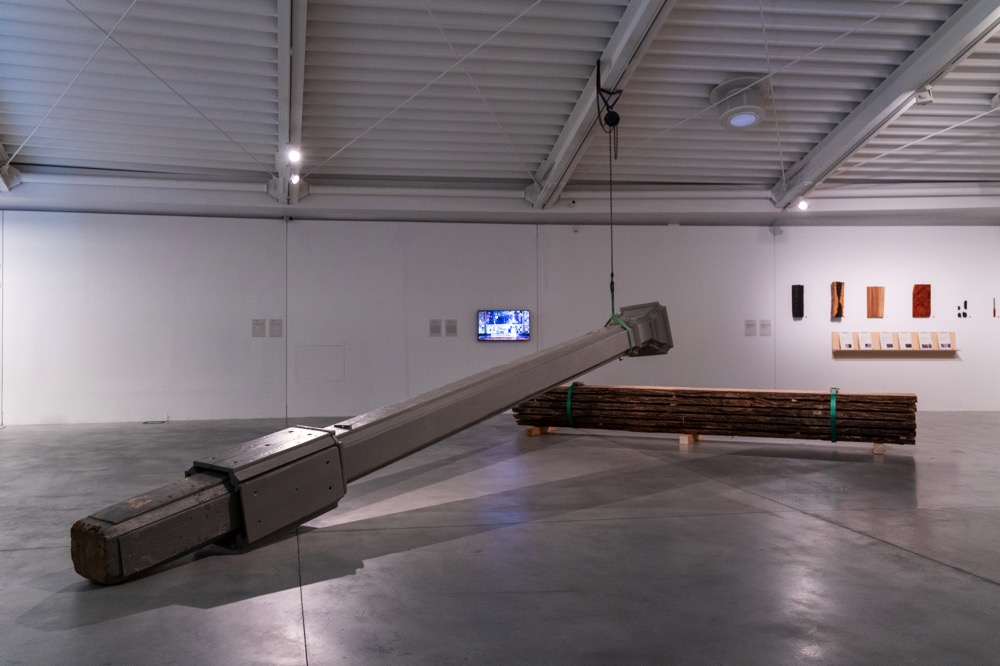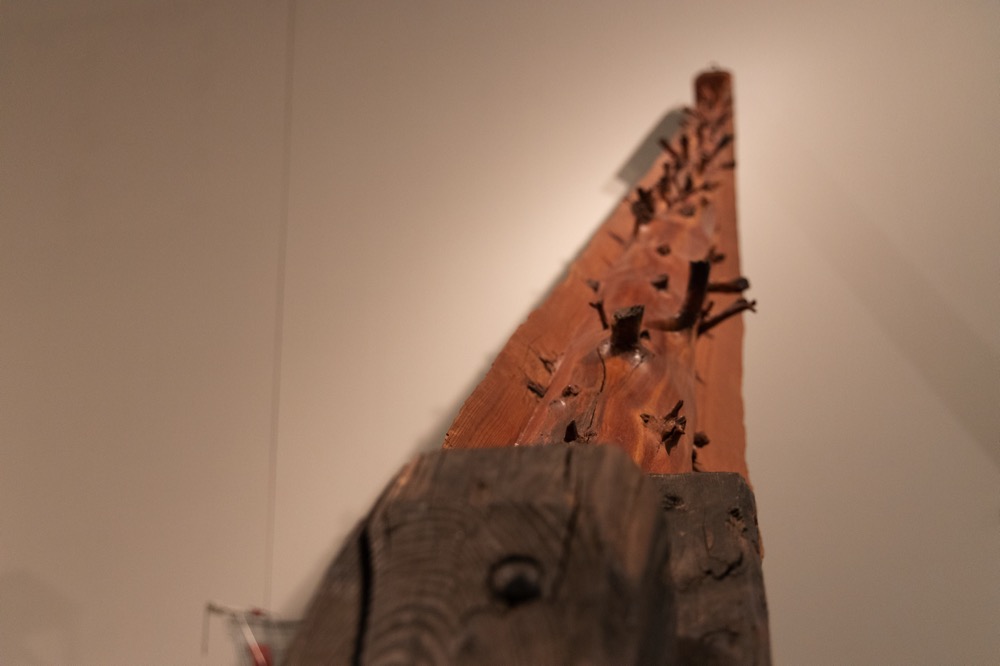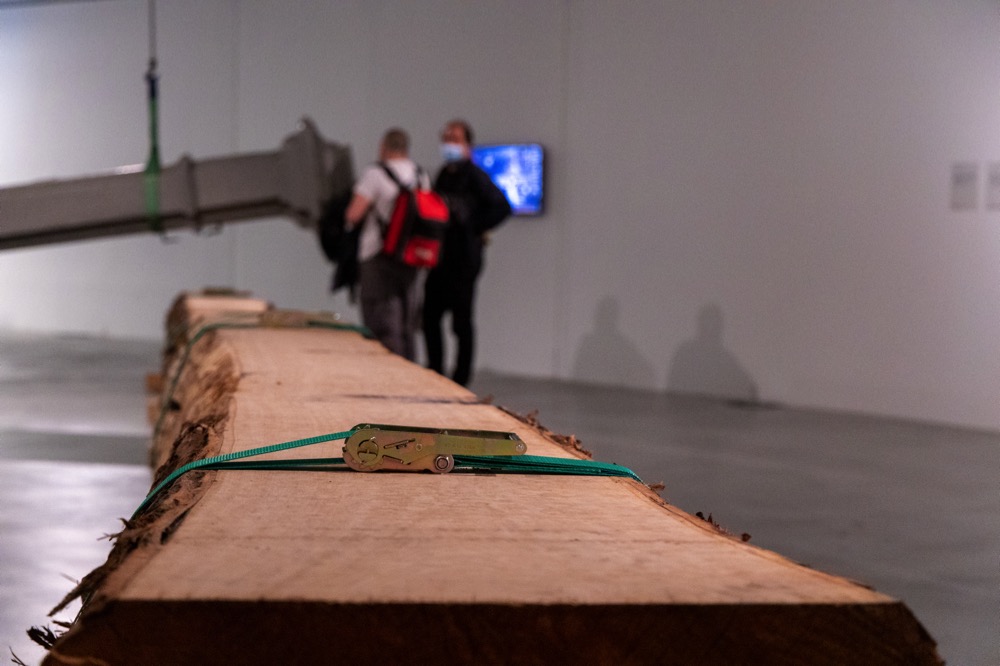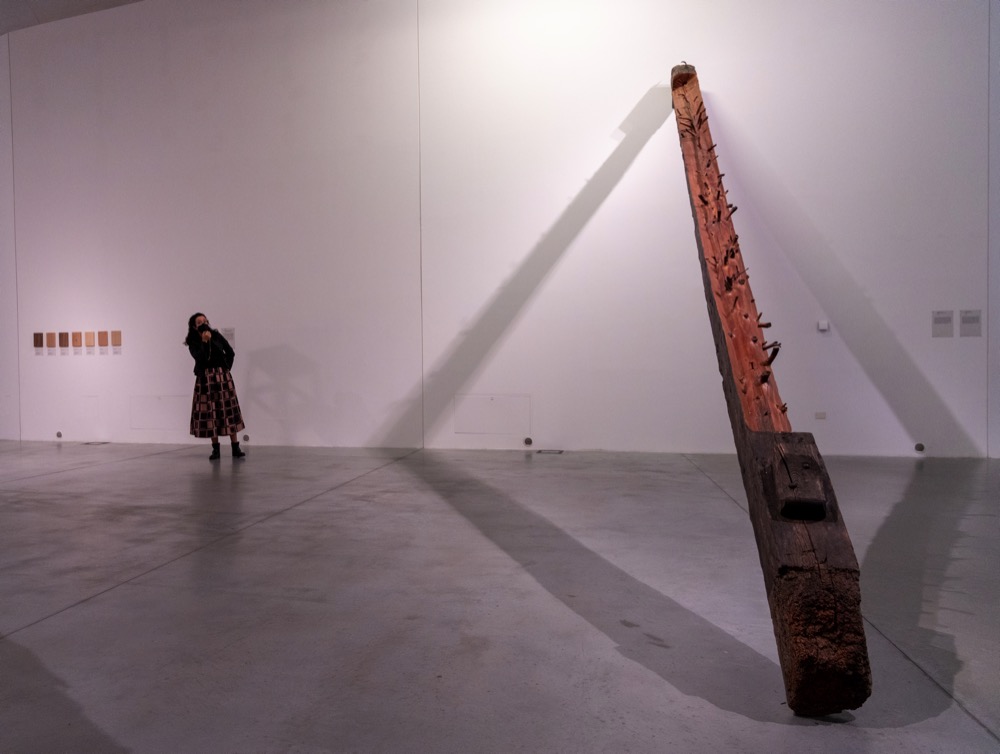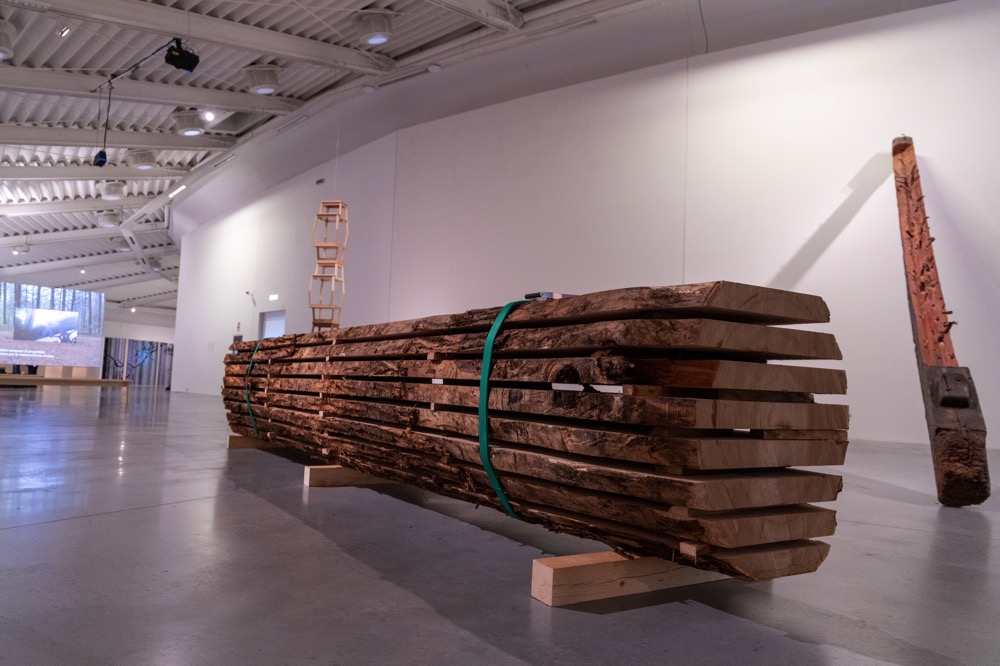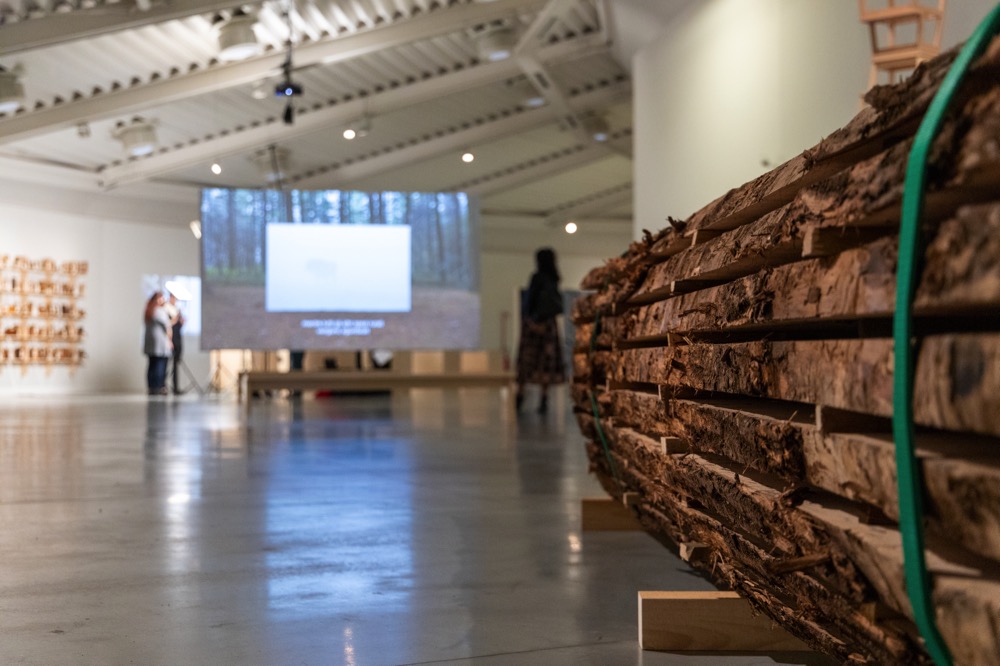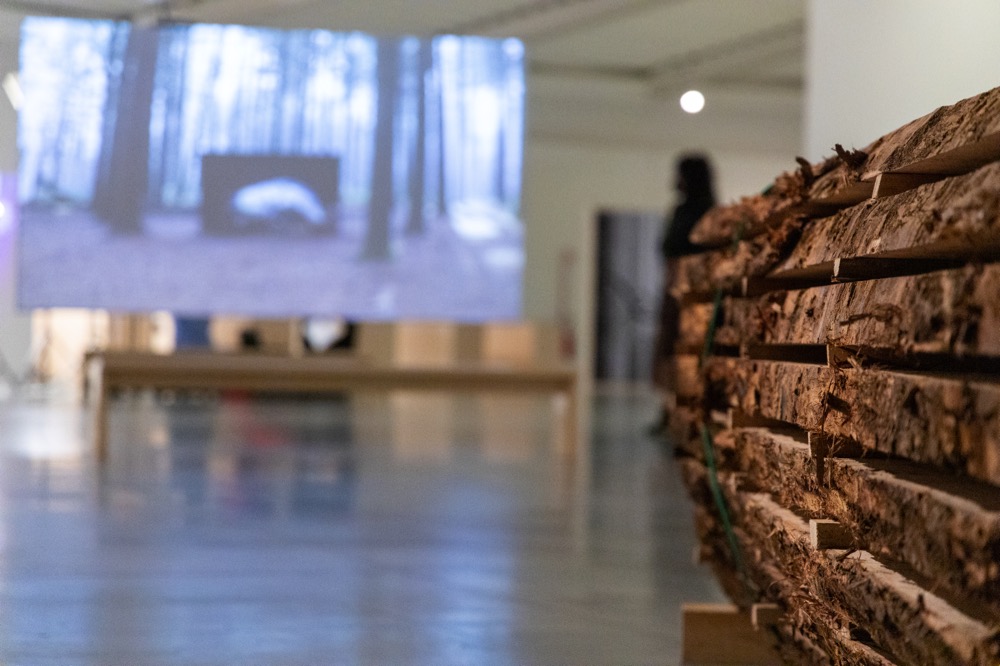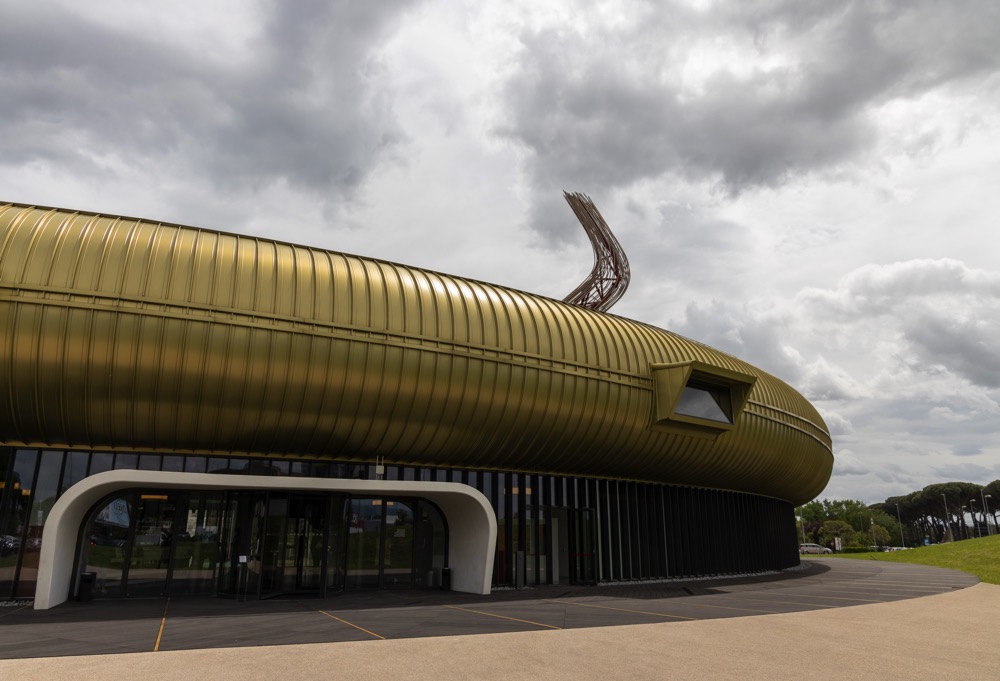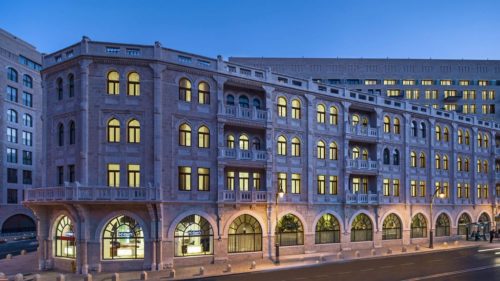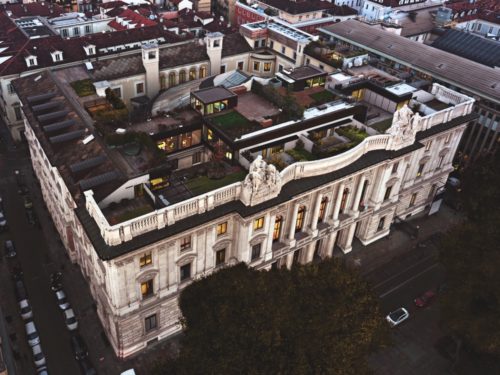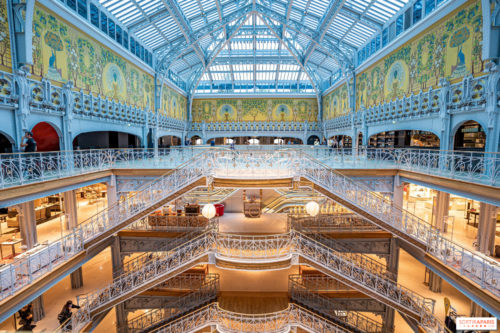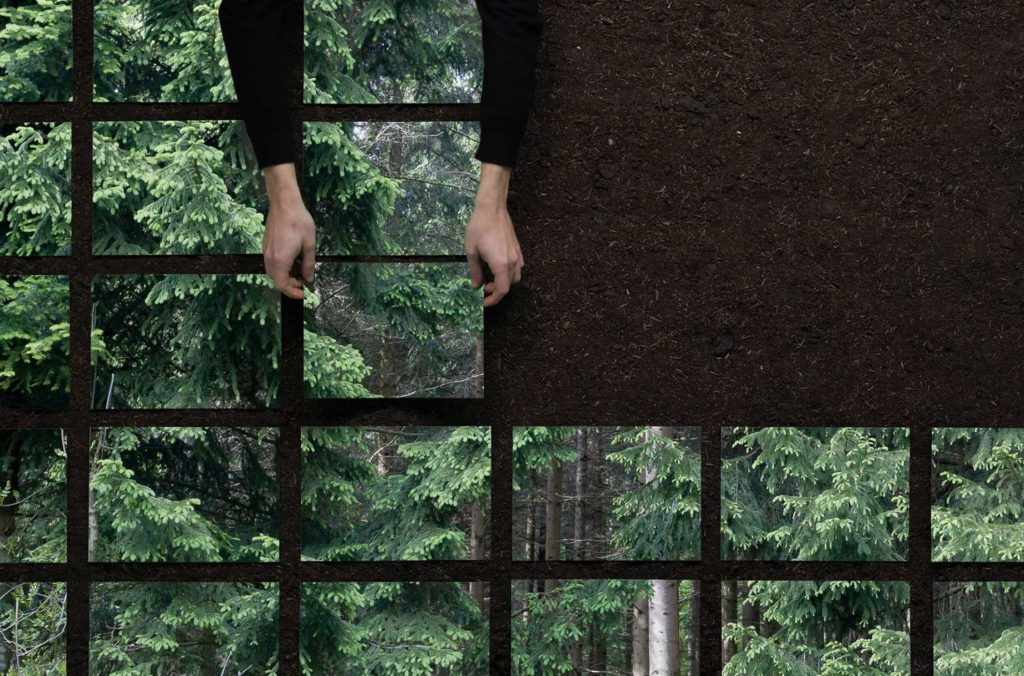
Their work became a traveling exhibit and was compiled into a book: from the Serpentine Galleries in London to Centro Pecci in Prato (near Florence).
CAMBIO sounds familiar and opens to different interpretations; from medieval latin “change – Exchange” to the cambial layer that embraces the membrane of the trunk of the trees, producing wood on the inside. A Memory of the tree’s life enabling it to keep growing. The investigation of the Netherlands based Italian designer-duo turns the history of the governance of the Timber industry into a fascinating and intense book.
Formafantasma is the “magic” shield protecting Andrea Trimarchi and Simone Farresin, experimental designers, lead the master of Geo-design at the Academy of Eindhoven, dare to dissect the ecological and political responsibilities of their discipline. Their forward thinking and holistic approach trace back into the history of a unique material used by humans, walk the patterns of supply chains that have developed to support and expand its use, and forecast the future of that material’s survival in relation to human consumption.
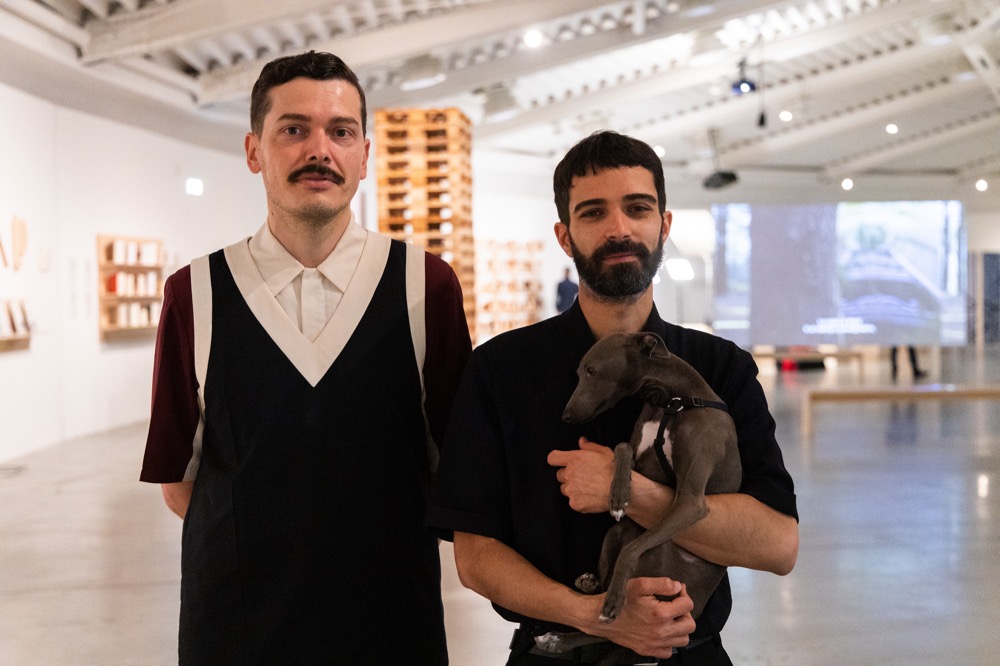
The earliest objects in the exhibition, featured in the book as well, are samples of rare hardwoods first exhibited in the Great Exhibition of 1851, a few hundred metres from this building, which represent trees logged to the point of extinction. The newest are the exhibition display furniture and seating designed by Formafantasma, all of which were made from a single tree blown over in a storm in northern Italy in 2018. Contained in every piece of wood is an archive of climatic change and the movement of natural materials around the world.
This multidisciplinary exhibition highlights the crucial role that design can play in our environment, and its responsibility to look beyond the edges of its borders. The future of design can and must attempt to translate emerging environmental awareness into a renewed understanding of the philosophy and politics of trees that will encourage informed, collaborative responses.
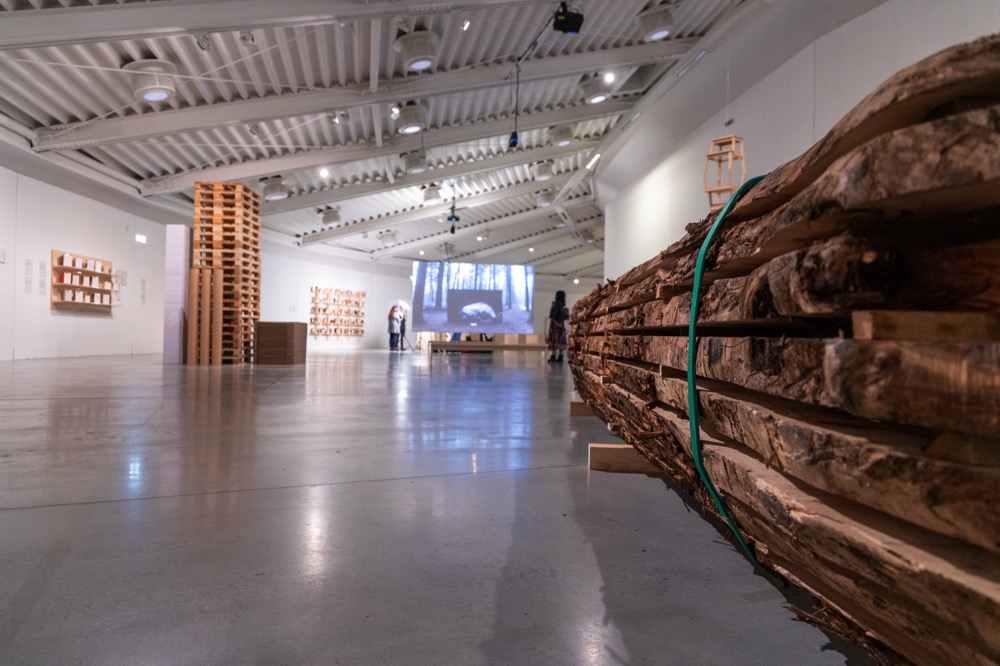
The question that rises to the top of the agenda is: What does designing with and for the non-human mean for them? The core of the exhibit, crystalized in this paper catalogue, provides case studies into the way the wood is sourced and used – from extraction, production and distribution – of wood products.
READ ALSO – Waldorf Astoria in Jerusalem opens its doors to the concept of architectural humanity
This long research process is rooted in collaborations with experts from the field of science, conservation, engineering, policy making and philosophy. They virtually travel from Italy to Finland, from a microscopic analysis of wood and its capacity to imprison carbon dioxide, to a metaphysical understanding of trees as living eco-systems.
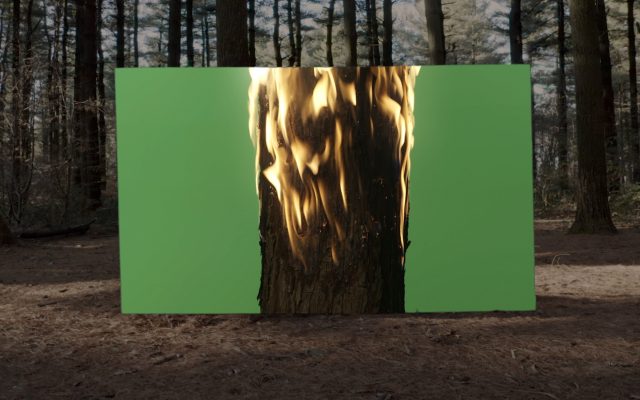
The book stresses the multidisciplinary approach and vital role that design can act in our society and its responsibility to look beyond the aesthetic of shape to focus on the environmental emergency and co-creation of virtuous behaviours. The book incorporates interviews and visual material that raise questions and make room for reflections about the future role of design in shaping a new collaborative awareness.
This new edition of the book also includes a foreword from Cristiana Perrella, Director of Centro Pecci, as well as an extensive text from Mauro Agnoletti, and interviews with Antti Korpikallio, Riku Rehell, Jukka Silvennoinen and Antti Tevajärvi, Marco Fioravanti and Kaisa Raitio.
It is designed by SJG/Joost Grootens and Dimitri Jeannottat and was selected for the Best Dutch Book Design in 2020.
Edited by Riccardo Badano, Rebecca Lewin, Natalia Grabowska
Forewords by Hans Ulrich Obrist, Bettina Korek and Cristiana Perrella
Introduction by Formafantasma
